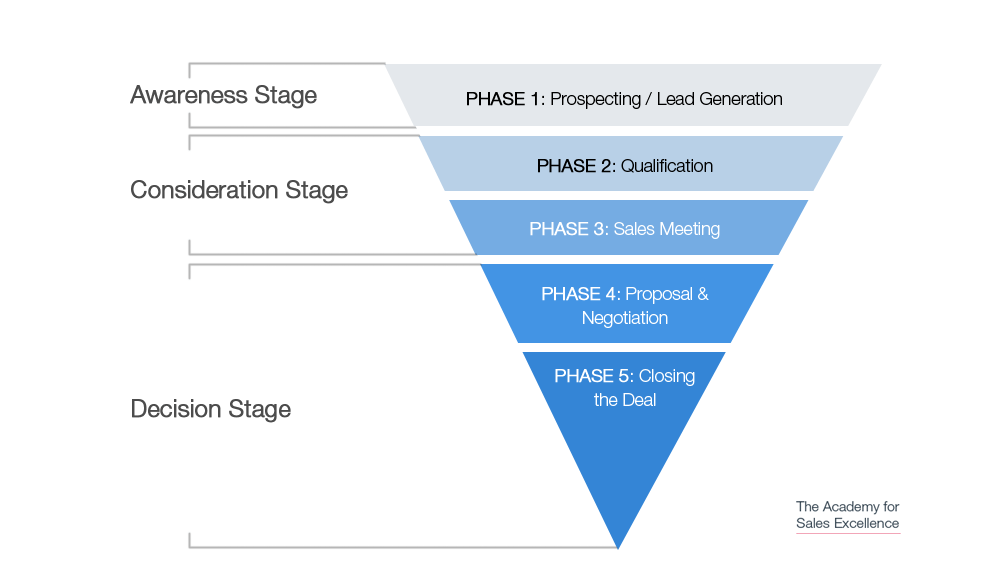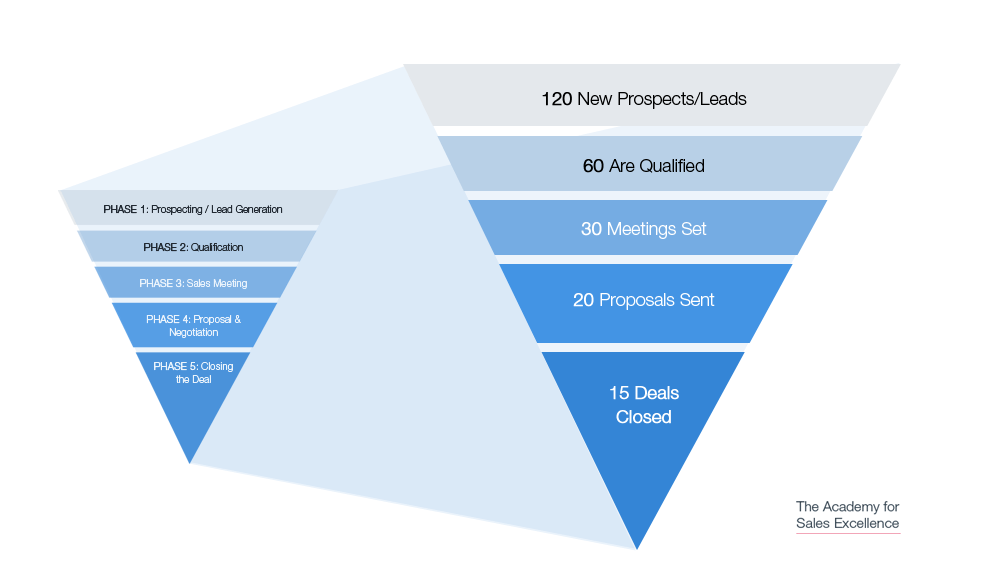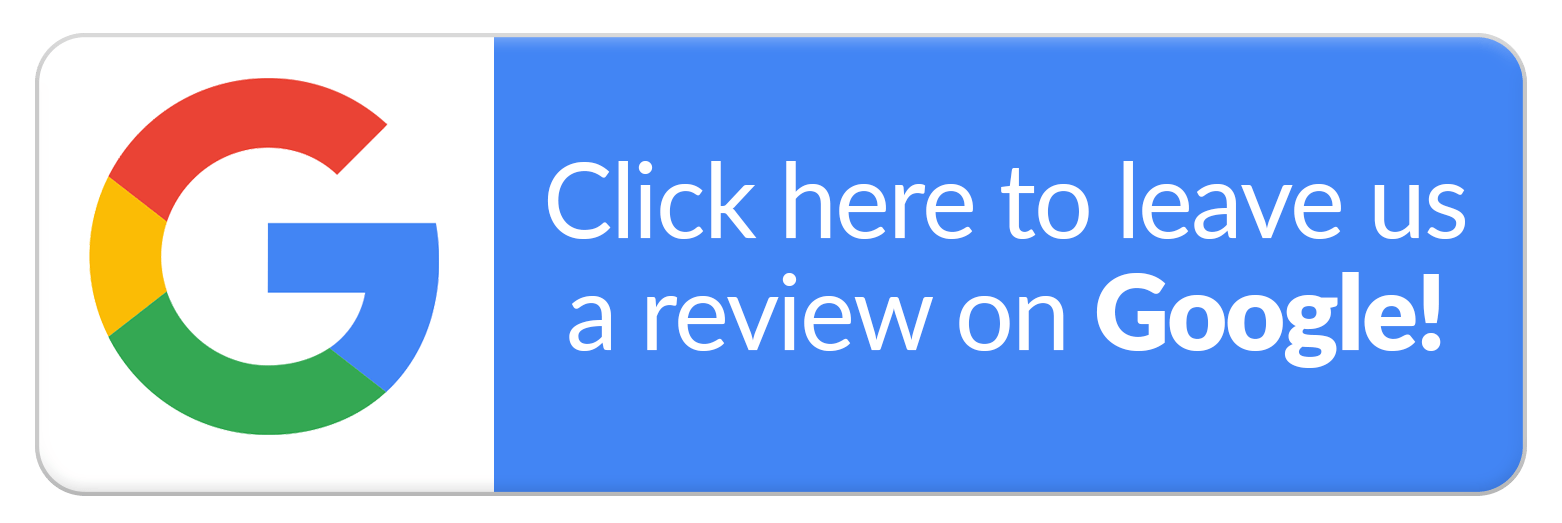
A Sales Funnel Story…
Meet Jones & Jones.
They are a young, successful architecture firm and they’re two months away from completing one of the largest building projects in the city.
Their office is a busy, bustling place, and their meetings are all geared towards discussing the final touches on this grand project that they are finishing – it is, after all, going to be the jewel in their crust as they grow.
But, they have a problem on hand.
They’ve been so busy working on this one project that they’ve got nothing in their sales funnel for potential next projects.
They’ve dedicated all their resources towards keeping their current client happy and in the process, taken their eye off of their sales funnel.
As a result – their business projections for the next quarter are completely hypothetical.
They have no new leads in the sales funnel, and they’re likely to run into a long, dry phase with no projects.
This scenario damages businesses beyond measure.
The truth is, this happens to businesses and entrepreneurs pretty often.
Especially in the early days of a business when an entrepreneur wears several hats – sales, marketing and getting the actual products or services delivered, it’s easy to overlook the sales funnel and let it run dry.
Before we get into the most effective way for you to keep your sales funnel full at all times, let’s first take a look at the structure of a sales funnel.
What is a Sales Funnel?
A sales funnel is the systematic journey that you take a potential customer through, all the way from awareness to finally closing a deal and delivering your product or service.
While the term may sound like sales jargon to those that don’t understand it, the true potential of a well-structured sales funnel is what sets a winning sales team apart from a struggling one.
Here is what a typical sales funnel looks like:

Prospecting or Lead Generation is your marketing strategy to build awareness about your product or service.
It involves you reaching as many potential customers as possible.
You could be doing this digitally through blog posts, social media and advertising.
Or on the ground through events, networking, and other marketing activities.
Qualification involves evaluating all the potential customers that have responded to your marketing activities, and then funneling them down to only customers that are likely to buy from you.
This could involve factors such as budget and affordability (Can they afford your product?), the type of their problems or needs (If your products are the right solution for their problems), their level of interest in your solutions, and more.
You should only be setting meetings and diving deeper into need analysis exercises with qualified prospects or leads. Prospects and leads that are moved to the next stage are considered ‘opportunities.’
The Sales Meeting is where you would assess your customer’s needs down to every detail.
Proposals and Negotiation. Based on your meetings and discussion, you would propose a solution, price and terms, and here, you might go back and forth a few times until you arrive at a deal that is agreeable to both sides.
Finally, you close the deal and put all the wheels in motion to deliver your product or service.
So Where Does It All Go Wrong?
Remember the Jones & Jones story?
Businesses and salespeople often go wrong when they take their focus off of the entire funnel.
They get stuck in the bottom few phases.
They’re so busy servicing a client, delivering a project, developing an opportunity or negotiating and closing sales, that they forget that there is no consistent flow of leads coming into the sales funnel.
The sales funnel naturally narrows down as leads go through the various phases.
So if there is a slowdown in the number of leads entering in the first place, there is very little chance that anything trickles down the funnel to convert into closed business.
The result: It might seem like things are going great, but it’s not long before sales revenue comes to a standstill.
How Do You Ensure a Consistently Full Funnel?
If you look for tips and tricks to ensure your sales funnel is always full, you’ll find a lot of them.
You can always turn to the experts for marketing tips and activities that can keep your ‘top of the funnel’ full of new leads.
You can use advertisements, articles, social media engagement, videos, whitepapers, emails campaigns… the list goes on.
But there’s one fundamental tip that covers them all.
Well, there’s two parts to the one fundamental tip.
Part 1: Set targets for every single level of your funnel, and track and monitor it regularly to meet those targets.
And Part 2: Match and align your sales activities to these targets.
If you need 100 new leads to enter the funnel every week, are your sales activities sufficient to generate those 100 leads?
Are you spending the time and making the effort required to make those 100 leads happen?
If you’re not, then which part of the funnel are you spending most of your time?
Taking a close look at your sales activities is a crucial part of ensuring your sales funnel never runs dry.
Confused?
We’ll break it down:
Let’s work backward.
Let’s say you need to close deals and deliver your services to a total of 15 clients per month.
That’s the target you attach to the bottom of your funnel – the desired end result of all your sales efforts.
To close 15 clients, let’s say you need to send proposals to a total of 20 clients.
To get to the proposal phase with 20 clients, work out how many meetings you would need to take.
Let’s assume that to send out 20 proposals, you would need to take 30 meetings.
(We’re assuming here, but you should be using solid numbers based on your past sales records if you can).
In order for you to take 30 meetings, how many qualified leads do you need?
Let’s assume you are able to manage meetings with 50% of your qualified leads.
That means you need 30 x 2 = 60 qualified leads.
Further, out of all the leads coming into your funnel if you’re only qualifying about 50%, then you need 60 x 2 = 120 new prospects or new leads entering your sales funnel every month.
Here are the numbers pitched against the sales funnel in an easier-to-digest format:

If you have clear visibility on these numbers, and are executing your sales and marketing activities so that you have a sufficient number of prospects or leads at every stage, then you can rest assured that your sales funnel will never run dry.
This steady flow of business is an immense source of confidence for businesses and salespeople.
You’ll always have prospects to qualify, send proposals to, negotiate with, and close business with.
Want to learn how to build a healthy sales funnel for your business?
If you feel that your either yourself or your sales team needs help to further improve your sales funnel, consider learning more about our Certified Sales Training Program called Systematic Selling Strategies.
It’s helped over 100,000 selling professionals generate more than USD 10 Billion in additional sales revenue in both new start-ups and established Fortune 500 businesses alike.
Please subscribe to our blog



About the Author
Ramez Helou
Ramez Helou is the founder and CEO of The Academy for Sales Excellence.